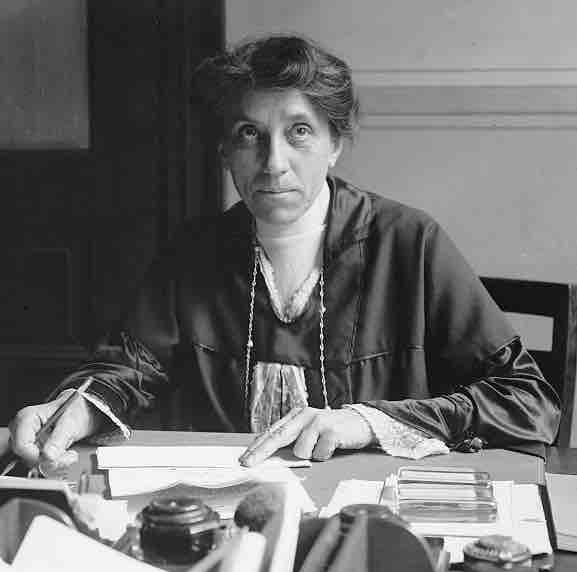History of Welfare in the United States
Colonial legislatures and later state governments adopted legislation patterned after the English "poor" laws. Aid to veterans, free grants of land, and pensions for widows and handicapped veterans, have been offered in all U.S. wars. Following World War I, provisions were made for a full-scale system of hospital and medical-care benefits for veterans. By 1929, workers' compensation laws were in effect in all but four states. These state laws made industry and businesses responsible for compensating workers or their survivors when workers were injured or killed in connection with their jobs. Retirement programs for mainly state and local governments date back to the nineteenth century and paid teachers, police officers, and firefighters. All of these social programs were far from universal and varied considerably from one state to another.
Prior to the Great Depression, the United States had social programs that mostly centered around individual efforts, family efforts, church charities, business workers compensation, life insurance, and sick leave programs, as well as on some state tax supported social programs. The misery and poverty of the Great Depression threatened to overwhelm all of these programs. The severe depression of the 1930s made federal action almost a necessity, as neither the states, local communities, and businesses and industries, nor private charities had the financial resources to cope with the growing need among the American people. Beginning in 1932, the federal government first made loans, then grants, to states to pay for direct relief and work relief. After that, special federal emergency relief such as the Civilian Conservation Corps and other public-works programs were started. In 1935, President Franklin D. Roosevelt's administration proposed to Congress federal social-relief programs and a federally sponsored retirement program. Congress followed with the passage of the 37 page Social Security Act, signed into law August 14, 1935, and "effective" by 1939—just as World War II began. This program was expanded several times over the years.
Maternalist Reforms
One unique trend in the history of welfare in the United States were maternalist reforms. Beginning in the Progressive Era, experiments in public policy took the form of laws providing for state assistance for mothers with young children who did not have the financial support of a male member of the household. These laws provided financial reimbursements and set limits on the maximum working hours for women. These reforms arose from the belief that government has an obligation and interest in protecting and improving the living standards of women and children.
"Maternalism" is defined by some experts as a variety of ideologies that, "exalted women's capacities to mothers and extended to society as a whole the values of care, nurturance, and morality," and was intended to improve the quality of life of women and children. To improve the conditions of women and children, these policies attempted to reconcile the conflicting roles placed on women during this time period. As single mothers were responsible for both supporting their families and raising children, government assistance would reduce the probability that they could be charged with neglecting their "home duties."
The Children's Bureau was established by President William Howard Taft in 1912. It was the first national government office in the world that focused solely on the well-being of children and their mothers. The legislation creating the agency was signed into law on April 9, 1912. Taft appointed Julia Lathrop as the first head of the bureau. Lathrop, a noted maternalist reformer, was the first woman ever to head a government agency in the United States. In 1921, Lathrop stepped down as director, and the noted child-labor reformer Grace Abbott was appointed to succeed her. The Children's Bureau played a major role in the passage and administration of the Sheppard-Towner Act, the first federal grants-in-aid act for state-level children's health programs.
The Sherwood Act of May 11, 1912, was the first important U.S. pension law in the twentieth century. It awarded pensions to all veterans. Veterans of the Mexican-American War and Union veterans of the Civil War could receive pensions automatically at age 62, regardless of disability.

Julia Lathrop
Portrait of Julia Lathrop, Director of the Children's Bureau, 1912–1922.